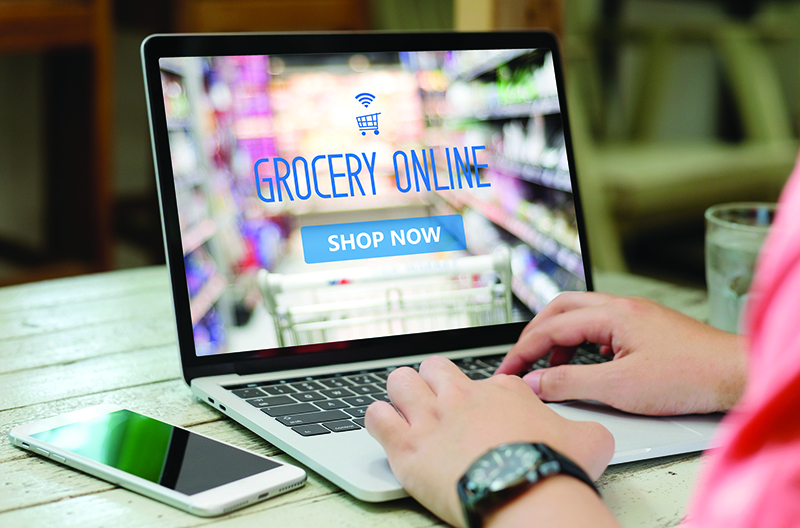Despite a slowdown in inflation, a recent survey by Swiftly shows that grocery shopping remains a financial burden for many, with two-thirds of consumers still struggling to afford groceries.
The annual “True Cost of a Grocery Shop” report also sheds light on how pricing, customization and convenience shape shopping behaviors, offering retailers insights that can help them address customer needs. Respondents further revealed that cautious spending affects nearly every aspect of grocery shopping, from item selection to the reliance on discounts.
In addition, the survey highlights a clear preference for shopping in local grocery stores over other options, such as big retail chains, delivery services and online. This preference aligns with a 30 percent increase in coupon use compared to last year, along with a rise in retail app and loyalty program engagement.
In response to these economically-driven changes in consumer behavior, retailers have an opportunity to integrate digital tools and strategies to maintain in-store traffic. The shift toward in-person shopping suggests that the costs associated with delivery services and online shopping are outweighed by the desire for in-person experiences.
Brick-and-mortar grocers can bridge the digital and physical retail divide by offering user-friendly apps that feature coupons, tailored recommendations and loyalty rewards, thereby enhancing in-store traffic, increasing basket size and boosting overall revenue.
Among the other highlights of the survey:
- Eighty-two percent of respondents use coupons, 64 percent participate in loyalty programs and 34 percent utilize retail apps;
- Seventy-seven percent prefer shopping in-store at local grocery stores, marking a 7 percent increase from Swiftly’s 2022 survey.
- Among respondents with student loan repayments (48 percent), 28 percent report an impact on their grocery budgets or shopping habits.
- Fifty-three percent of respondents have adjusted their grocery budgets or shopping habits due to rising interest rates.
“The ongoing fluctuations in inflation, along with other financial pressures like student loan repayments and rising interest rates, are pushing consumers deeper into debt. Groceries represent a significant portion of consumer expenditure, following housing and transportation costs,” said Swiftly CEO Henry Kim.
“Our survey results show that the current economic environment has cultivated shoppers who are not only more deal-focused but also expect savings from their preferred shopping locations. To meet this demand and compete with larger retailers offering lower prices, physical grocery stores must incorporate advanced retail technology tools into their strategies.
“These tools are essential not just for customer savings, but also for building connections, enhancing engagement and boosting store visits, without which they risk falling behind.”
The survey, involving more than 1,500 randomized participants who were not compensated, provides an overview of shopping trends.
About Swiftly
Founded in 2018, Swiftly is a provider of technology and retail media solutions for clients worldwide. Swiftly’s offerings drive engagement and enable retailers to own the digital relationship with their customers.
Swiftly’s retail and analytics tools, mobile platforms and media network help retailers accelerate sales and build loyalty while enabling brands to reach more shoppers and amplify campaigns using first-party data.
Read more technology news from The Shelby Report.

